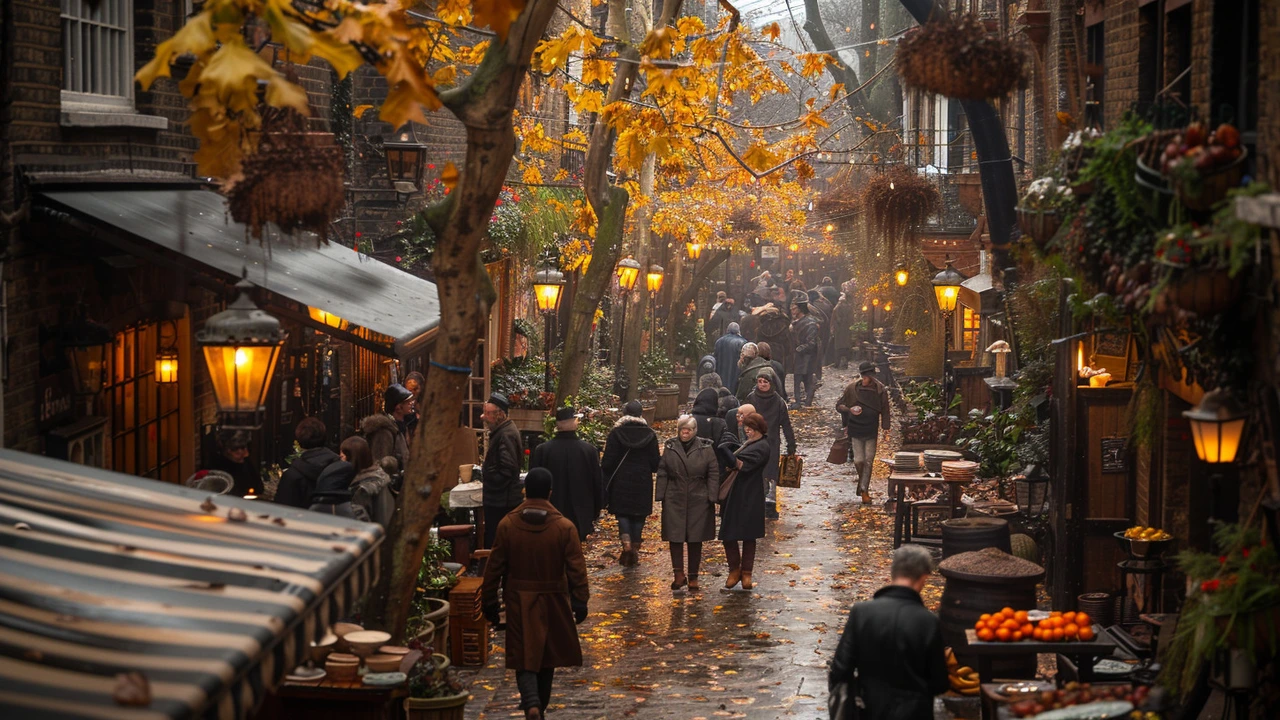American craftsmanship: how Craftsman design really works
American craftsmanship means buildings and interiors that celebrate honest materials, solid joinery, and human-scale details. This style grew from the Arts and Crafts movement and became a mainstream way people built and furnished homes in the early 20th century. You’ll find it in cozy bungalows, townhouses, and even larger suburban homes that favor function, warmth, and handcrafted touches over flashy decoration.
What to look for
Want to spot a true Craftsman? Look for low-pitched gable roofs, wide eaves with exposed rafters, and deep front porches supported by tapered square columns. Inside, expect built-in bookcases, window seats, simple wood trim, and visible joinery—no plastic, no cheap coverings. Materials matter: natural wood, stone, and brick are common. Windows are often grouped in bands and use divided lights in the upper sash. The palette stays muted and earthy so the materials and shapes do the talking.
Authentic Craftsman pieces are hand- or shop-made, not mass-produced. That means small variations in wood grain, joinery marks, and simple but durable hardware. If a house looks too perfect or overly ornate, it’s probably a revival or a modern copy rather than original American craftsmanship.
Practical tips for homeowners
Buying or restoring a Craftsman home? Prioritize repairs that keep the original bones. Preserve built-ins, original trim, and fireplace surrounds. If you need new materials, match grain, scale, and finish rather than the exact species—pine painted or oak stained to match will read right. For porches and stairs, use traditional joinery and breathable paints or stains. Avoid replacing woodwork with vinyl or MDF; these miss the tactile quality that defines the style.
Updating a Craftsman house for modern life is simple: keep the visible woodwork and add contemporary systems behind walls—insulation, modern wiring, efficient HVAC. Swap bulky light fixtures for period-appropriate but energy-efficient options. Kitchens can stay open and functional while keeping shaker-style cabinetry, natural counters, and simple hardware that echo the original aesthetic.
Don’t own a Craftsman but want the look? Add Craftsman elements to a modern home by using earthy finishes, a deep front porch, simple tapered columns, and built-in storage. Focus on honest materials and craftsmanship in one room at a time—say, a built-in bench with storage or a handcrafted bookcase—to make it feel grounded without overdoing it.
American craftsmanship still feels honest and livable because it values function and skill over trend. Whether you’re touring old neighborhoods or planning a renovation, use these markers and tips to recognize what’s real, protect what matters, and bring Craftsman calm into modern life.

Celebrating American Craftsmanship: A Dive into the World of Quality Handmade Goods
This long-read article explores the rich tradition and contemporary relevance of American craftsmanship, highlighting the dedication to quality, attention to detail, and passion for handmade goods that define this artisanal industry. It delves into the historical context, the challenges craftsmen face today, and the vibrant community of makers keeping the tradition alive. Readers will gain insights into the importance of supporting local artisans and learn how to identify and appreciate high-quality handmade products.
Read more